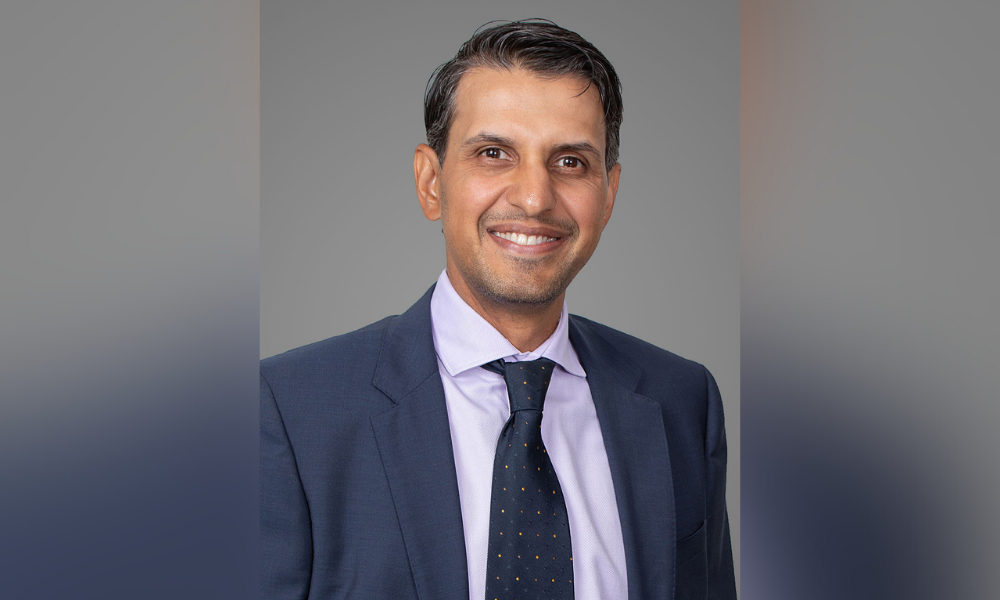Mehendi Kamani, of Tall Oak Private Wealth, Raymond James, explains his solution to the problem

Inflation and market volatility are keeping Mehendi Kamani up at night as he worries about clients who have recently taken earlier retirement than they had initially planned because of COVID.
“With the volatility happening in the marketplace, one of the questions we get asked a lot is: ‘What’s happening with my retirement plan? Am I still okay?” Kamani, who is a portfolio manager with Tall Oak Private Wealth of Raymond James Ltd., in London, Ontario, told Wealth Professional. He said the Russian war on Ukraine is also uppermost in retirees’ minds, especially as it impacts inflation.
“There’s obviously cause for concern with the market volatility. So, one of the things that inevitably happens is we transition that conversation to more of an inflation conversation as well.”
Kamani said Tall Oak uses Monte Carlo simulators to help its clients understand sustainable withdrawal rates and sequence of returns, and how those can affect their portfolio. But, the inflation rate is the unknown and now becoming the first test for COVID retirees.
He believes that the most expensive phase of retirement is the two years before and after retiring as retirees prepare their homes and lives for retirement. They may replace cars or do home renovations while they’re still earning and travel or try various retirement hobbies and lifestyles, such as golfing daily, trying carpentry, or buying a sailboat, right after they retire. Tall Oaks includes modelling for different phases in its scenarios, so that retirees understand how much they have available to spend on basic versus discretionary and luxury expenses.
“It’s a very dynamic conversation that we have with our clients, and the key to that is inflation,” said Kamani, noting that most advisors may model with 2% inflation. ”We look at what a 3% or 4% inflation would look like and whether their basic expenses are inflated but not their discretionary expenses because they have choice with that, but they have no choice with their basic expenses.”
What Kamani is most concerned about is the retirees who come to him, having overspent on their portfolios. While he can’t recoup their eroded capital, his modelling with different inflation rates can help them look at their reality, especially if they’re still overspending and must make tough choices.
“The only way we can really help is to reset expectations. What you generally start with is the fact there are only certain things they can control,” he said, noting that some may need to return to work – or, if they haven’t retired yet, postpone it. They can also reduce their spending.
Kamani noted that taxes can also impact the retirees’ long-term picture, particularly if something like the capital gains tax increases and they want to spread out the gains.
Kamani noted that one bright spot in this picture is that the Canadian Pension Plan and Old Age Security will both increase with inflation, too.
While he said building the traditional 60/40 portfolio is a challenge in this environment, Tall Oak uses derivatives to hedge portfolios. Advisors could also use alternative investments or dividend-growing companies.
What stands out for him, though, is how their various-scenario modelling can support the honest and ongoing conversations that they have with their clients.
“I think we have to start scenario testing with a higher inflation rate – such as 3% rather than 2%,” said Kamani. “You have to have that elasticity of planning as that difference is going to hurt people’s retirement plans, and we have to be honest with them and say, ‘you can’t continue spending the way you are today because inflation is going to cause problems down the road. So, if you want to avoid those problems down the road, you’re going to have to look at your budget a little differently.”


